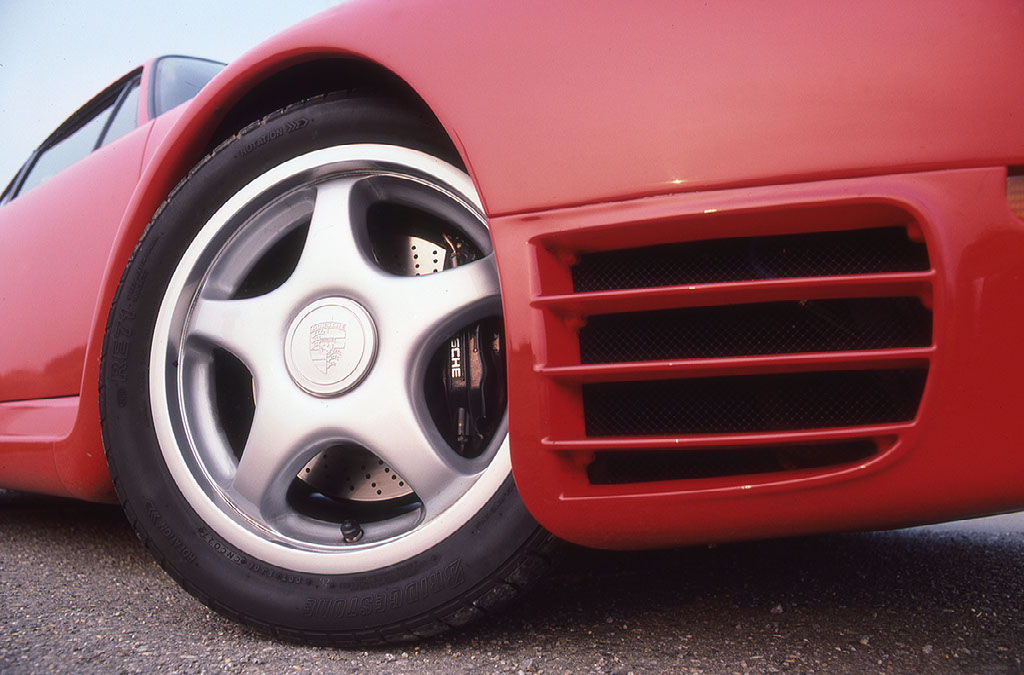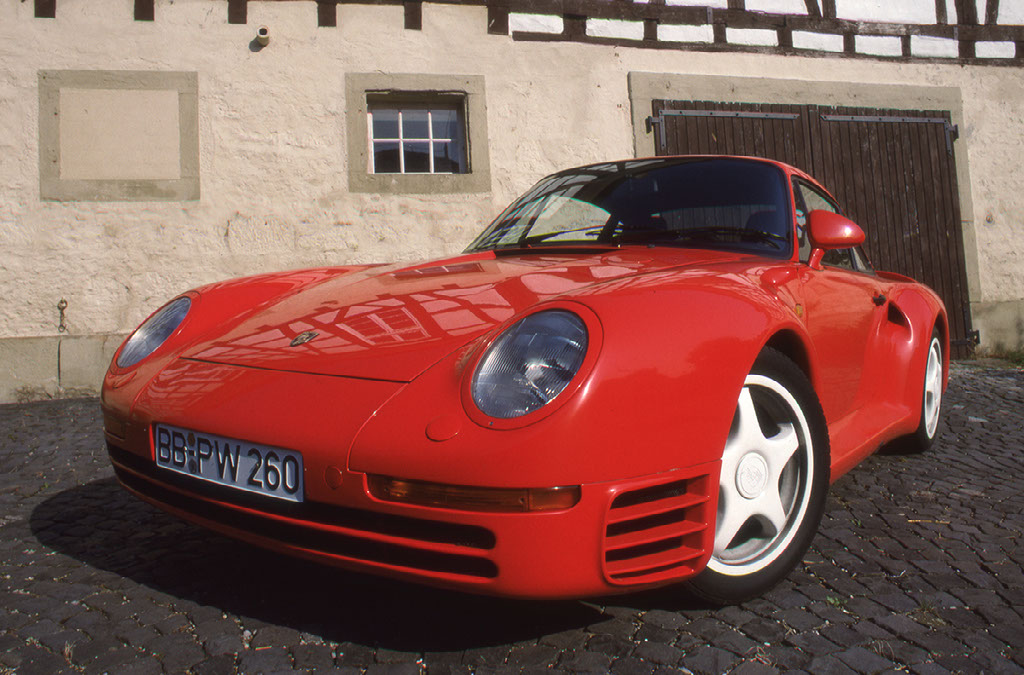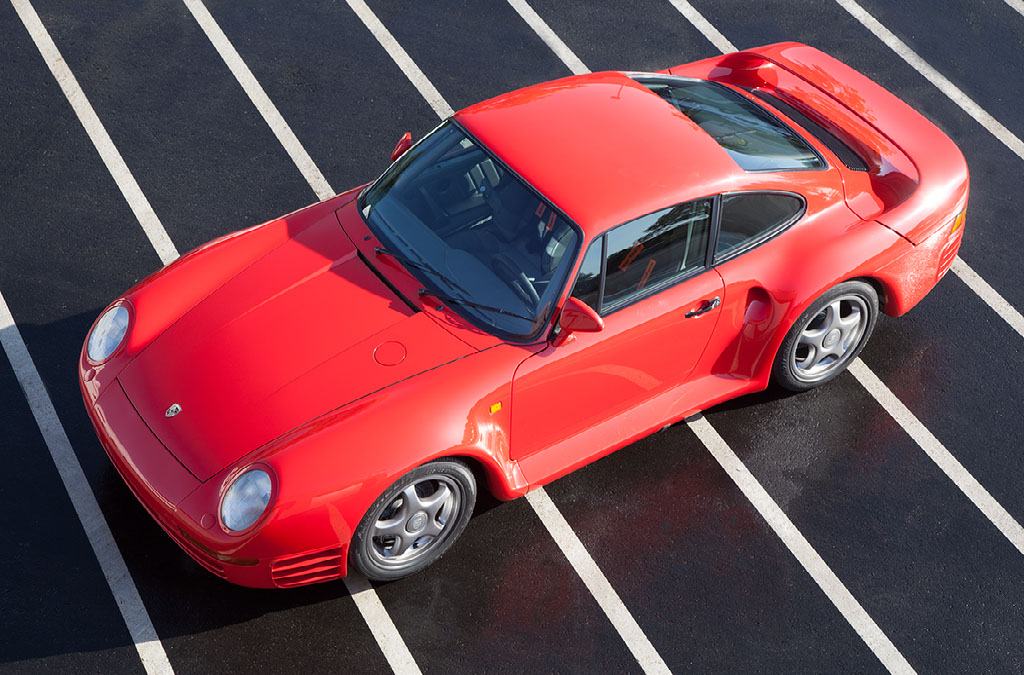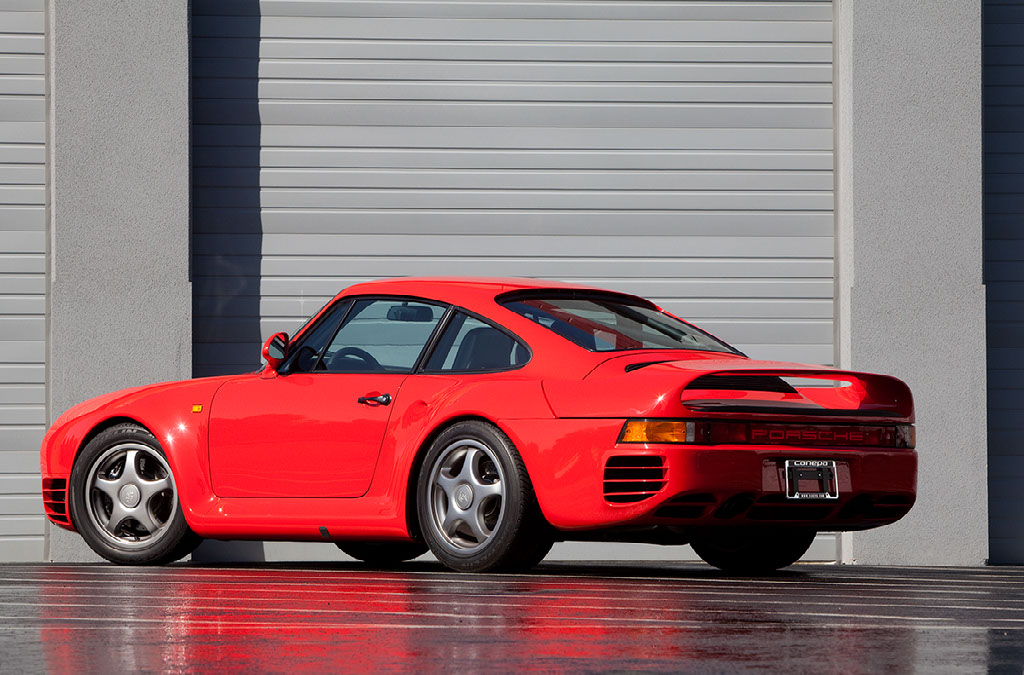Porsche 959 By John Lamm
It was the early-1980s, and after more than a decade of performance cars neutered by governmental regulations, we began to hear of this special new Porsche being developed. The FIA’s Group B racing and rally regs were spawning such outlandish autos as Ferrari’s 288 GTO, Peugeot’s 205 Turbo 16, Audi’s Quattro, Ford’s RS200, Lancia’s Delta S4 and 037...and that special Porsche, the 959.
They were all amazing machines, so quick and fierce they also proved deadly and Group B was cancelled. Most of those cars are now in collections and museums, but we still get to see 959s on occasion. We’d suggest the 959 is the most revered of all production Porsches...no small thing given the automaker’s history. If you’d like to follow our thinking, read on.
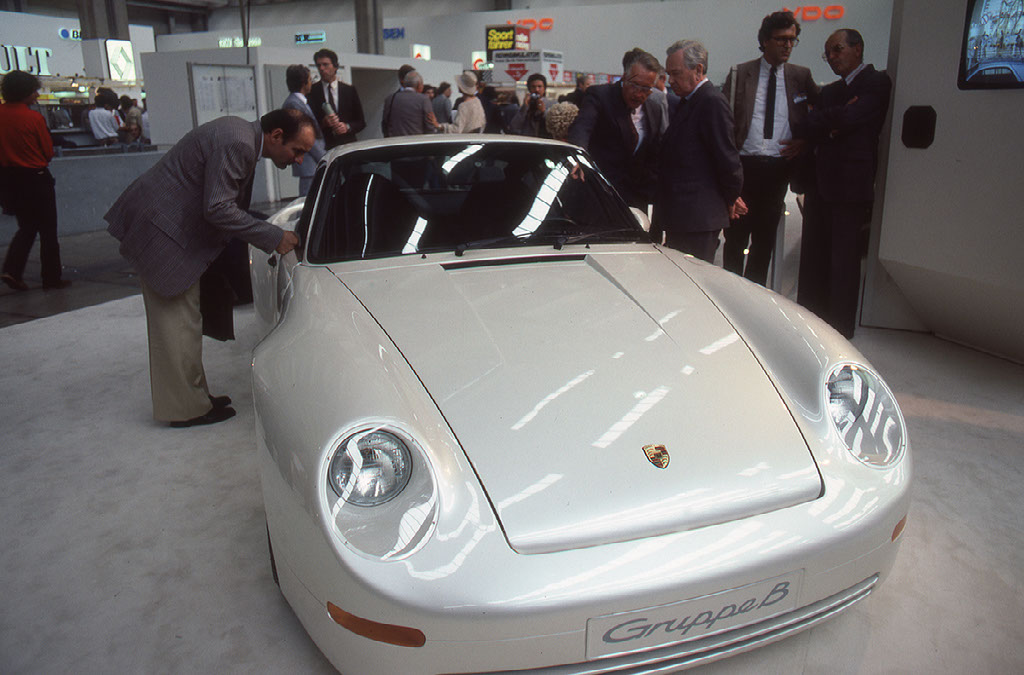
Here you can see how the Gruppe B show car foreshadowed the exterior design of the 959, while its name indicates Porsche was already planning a Group B race car, a class the FIA had announced in 1982.
Porsche launched the production 959 at the 1985 Frankfurt Show. At the start there was one edition called Komfort, which had 450 horsepower and 370 lb-ft of torque. In what might be considered an anti-Ferrari F40 move, in 1987 Porsche added a higher-horsepower Sport version. Eight were built for the world market and 29 for the U.S. However, the U.S. feds refused to allow those 29 to be imported, so they were sold in Europe.
Dimensions of the 959: 168 inches long on an 89.4-inch wheelbase, height 50 inches, width 72 inches. Other than being 2 inches wider and 1.5 inches lower, it is roughly the same size a stock 911 of the era. Curb weight is around 3200 pounds.
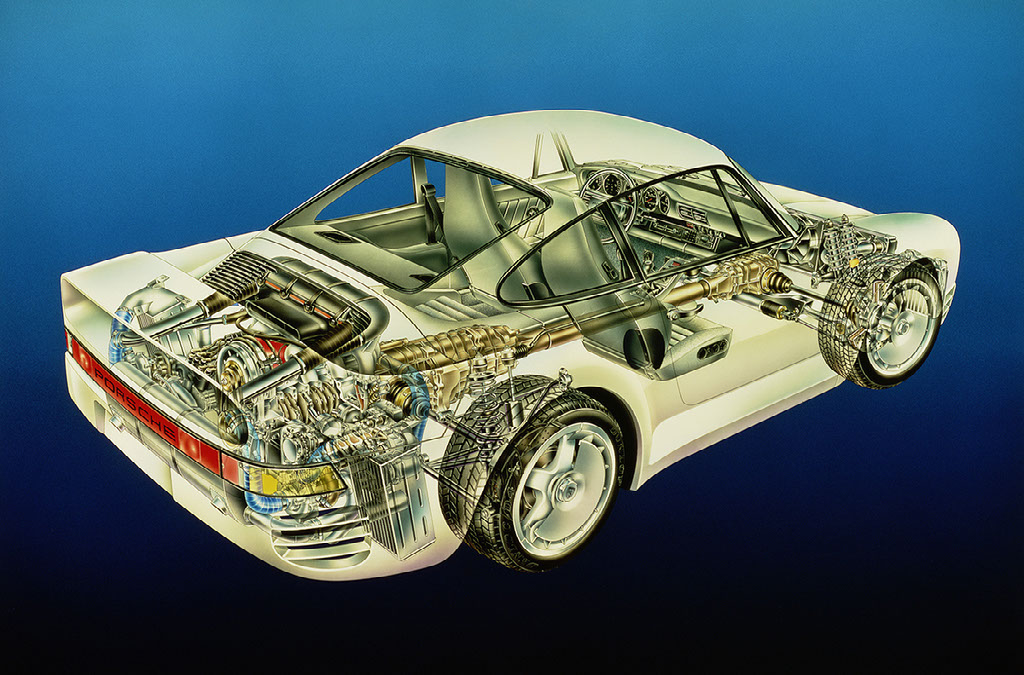
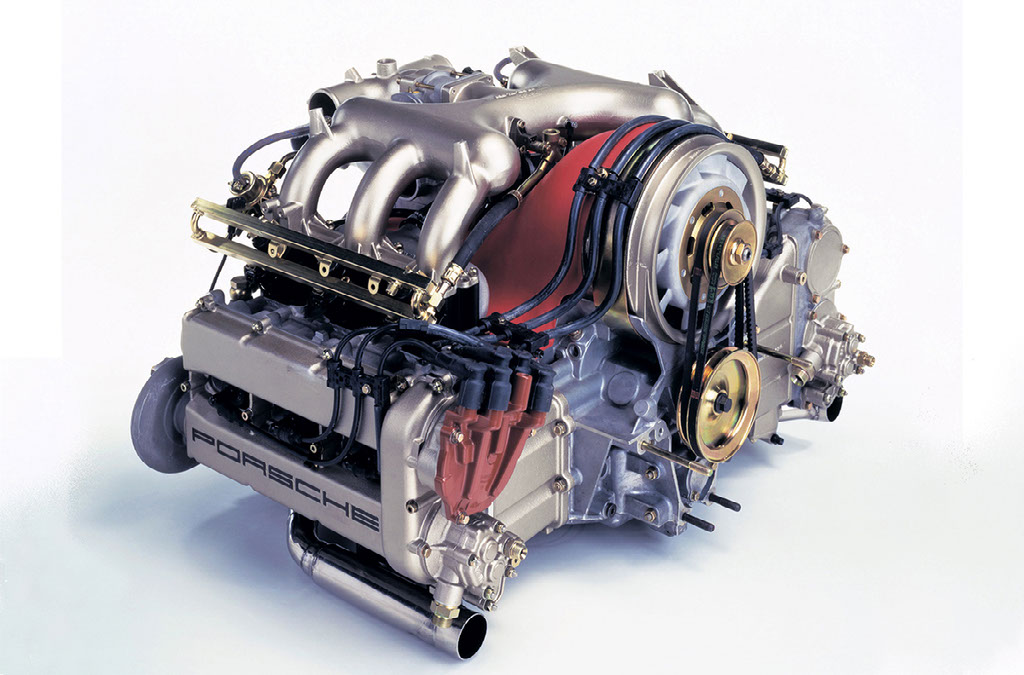
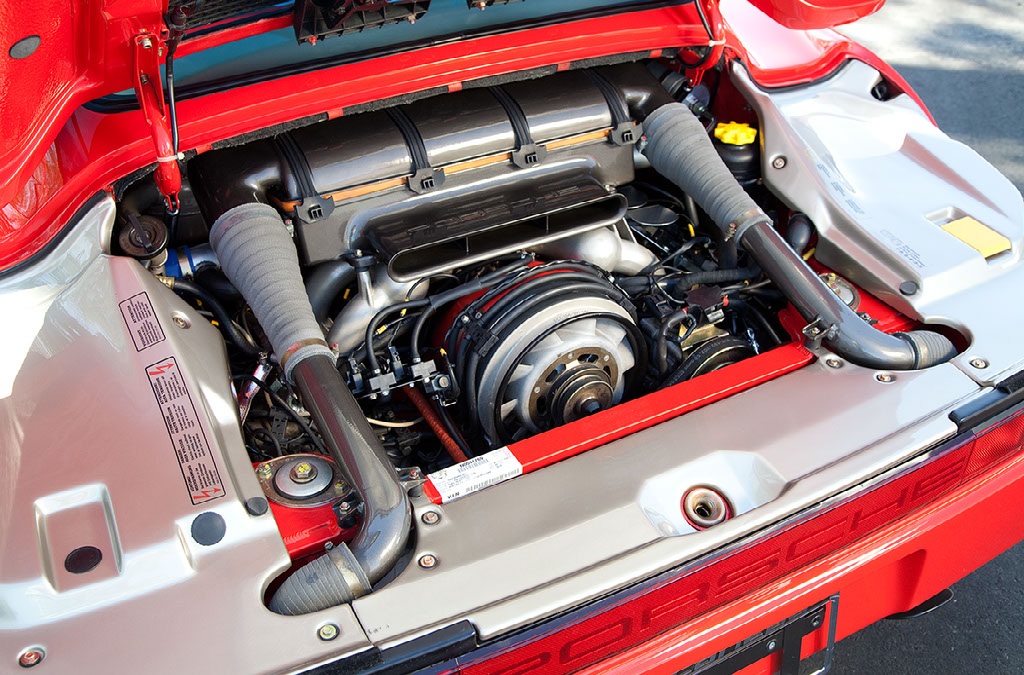
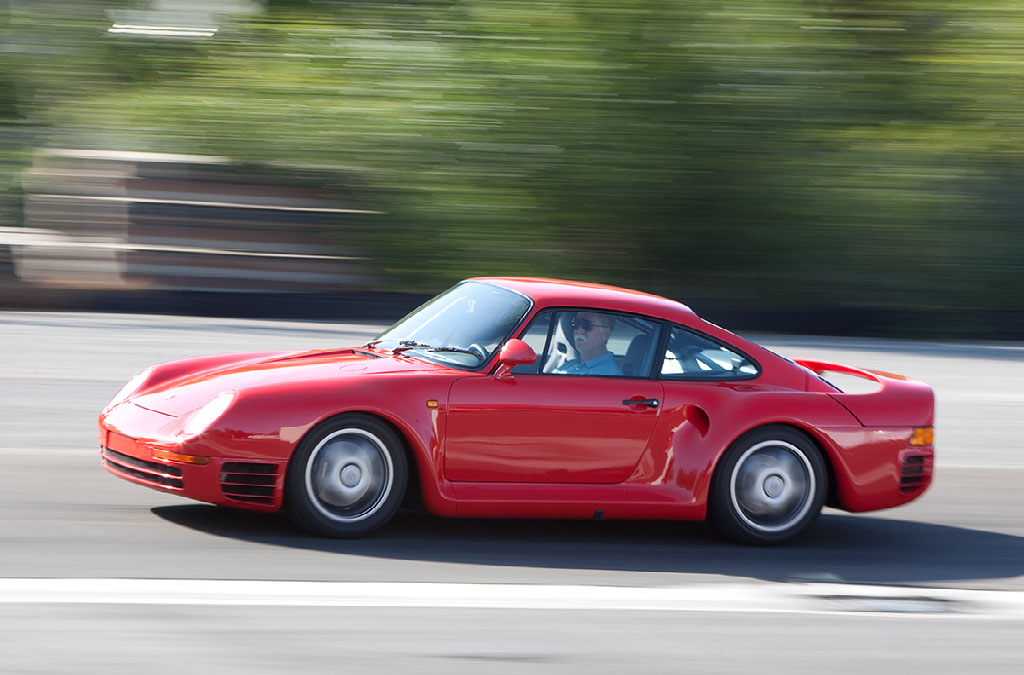
This is not a 959, but a 4-wheel-drive 953, which used components that would go into the 959. René Metge and Dominique Lemoyne won the 1984 Paris-Dakar Rally with this car.
For the 1986 Paris-Dakar, Porsche entered three 959s. This one, again with René Metge and Dominique Lemoyne, won the rally in a 1-2 finish for the 959s.
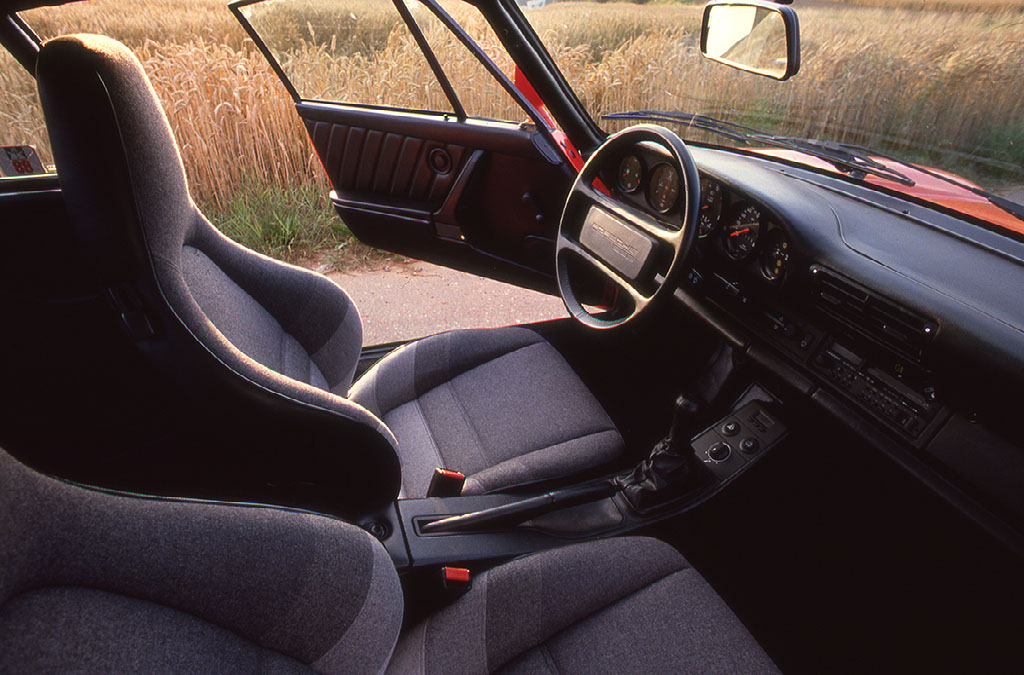
The classic Porsche 911 5-gauge cluster, but note the speedometer at just a touch over 300 km/h (186 mph). The legendary Paul Frere is driving, but the stability of the 959 meant that such speeds were not a problem even for those of us who are not race drivers.
You can set the power split front/rear depending on conditions. Bottom light indicates dry condition running, next up for rain, then snow and the top one means both the front and rear differentials are locked. The dials left and right indicate the front/rear split.
Komfort versions of the 959 have these two switches, the left to soften or firm up the shocks, the right dial to select one of three ride heights. Above 95 mph, the 959 automatically settles to the lowest position...and you risk going to jail.
The view most drivers would see of a 959.
For the 959’s body, Porsche employed Kevlar and fiberglass reinforced plastic, which was also used for the rear lid and front rocker panels. The doors and hood are done in aluminum. The chassis floor is made of Nomex.
In its 1987 road test, Car and Driver magazine’s Csaba Csere summed up Porsche’s 959 by writing, “The ultimate automobile, it is to any ordinary car as the F-15 (fighter jet) is to a hang glider.”
